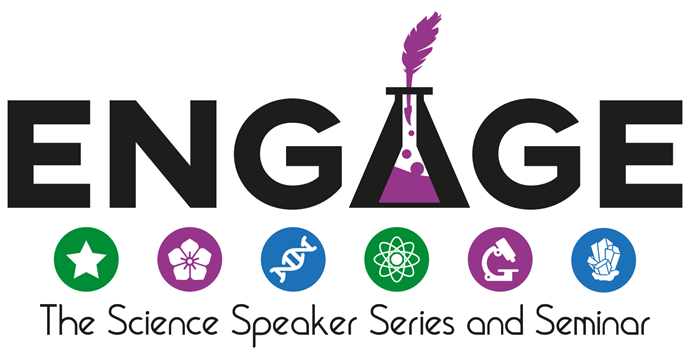Ytterbium: How Elements Get Their Unique Names
What do you see when you look at a periodic table? For many, it’s likely an accursed, nonsensical grid of numbers and letters that haunted their days in chemistry classes, while for others it’s an irreplaceable tool for understanding the building blocks of life.
However, when I look at a periodic table, I see stories, stories of fierce competition between scientists looking to fill the next blank in the grid before the other, chasing immortality by naming an element after themselves. Tales of the creation of what even nature does not create, of disastrous attempts to create early chemical weapons that would be humorous if not for the subject matter, and the tragic consequences of success. The table is filled with tale after tale of glory versus heartbreak, true discovery versus pushed results, comedy versus tragedy. But my favorite story starts in the tiny town of Ytterby (yih-ter-bee), Sweden, a town to which eight elements owe their discovery and four owe their name.
Ytterby was nothing more than a quiet town established in the 1500s to mine feldspar to be made into porcelain. At least until 1787, when a strange and unidentified black mineral was extracted from the mine. Around 20 years later, a pair of Finnish chemists would analyze this bizarre mineral to discover that almost half of it was composed of new, previously unknown elements. After this discovery, Ytterby went on to become the single most lucrative location of natural elemental discoveries on the planet, with eight elements traced back to its single mine.
Almost all the elements discovered in Ytterby are located in a region of the periodic table that no one, not even scientists, ever seems to mention: the two rows that seem almost detached from the table itself. Many chemistry teachers, including my own previous teachers, tell their students that they would never have to worry about those elements. They were definitely wrong about that! …at least, in my case they were. The core of my research into materials that become colder under laser radiation now hinges on the unique properties of one of the elements found in Ytterby, the town to which it owes its name: ytterbium. Without this critical element and its unique electron structure, my materials would heat up, much the same as most other materials do, and my own research story would change significantly.
The stories of these elements continue to be written both by those that research them, and new stories will be written as new elements may be added to the table in the future. So the next time you look at a periodic table, see if you can look past the vast numbers and symbols and see some of the stories behind these elements, even if they’re stories as small as the town of Ytterby.
Rachel Gariepy is a second-year Ph.D. student studying how materials that undergo laser cooling can impact the surrounding environment. She is examining how the temperature difference caused by these materials affects the activity rate of enzymes, which are of vital importance in many biological and biochemical processes.


